Affiliate links on Android Authority may earn us a commission. Learn more.
HTC 10 vs Nexus 6P
Published onMay 13, 2016
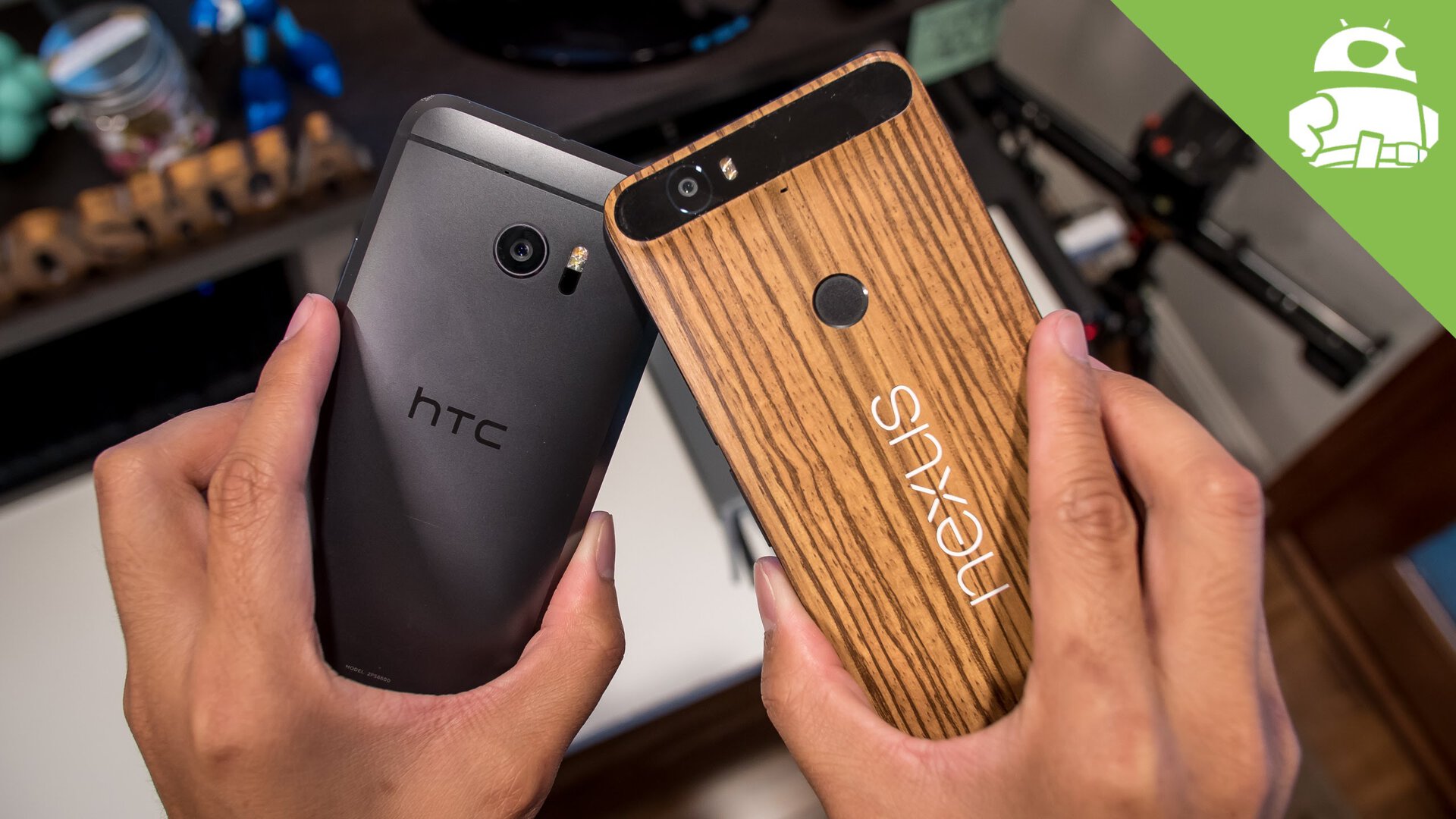
In the current smartphone landscape, metal is the way to go for a device to be considered “premium,” and pretty much every flagship incorporates metal into their designs, be it in the form of metal frames and glass or plastic backings, or with full metal constructions. However, as the company would gladly remind you, HTCwas the first to this party, starting with the One M7, and with continuing refinements and improvements to the overall package, what we get with their latest high-end offering is the greatest and most complete HTCsmartphone yet.
On the other hand, Google, along with various hardware manufacturers, initially had a difficult time defining what the Nexus program should be. After the budget-friendly Nexus 5, the Nexus 6 was Google’s first attempt at bringing a truly high-end smartphone to the market, but that unfortunately meant that the key factor of affordability went by the wayside. However, 2015 is when Google seems to have got it right, with consumers given two devices to choose from. For those with budgetary concerns, the Nexus 5X is the way to go, and with the metal-clad Nexus 6P, manufactured by HUAWEI, Google finally has on offer a truly compelling flagship that can stand tall against its competition.
HTC’s newest, and arguably greatest, offering goes up against the best Nexus device yet, as we take an in-depth look at the HTC 10 vs Nexus 6P!
Design
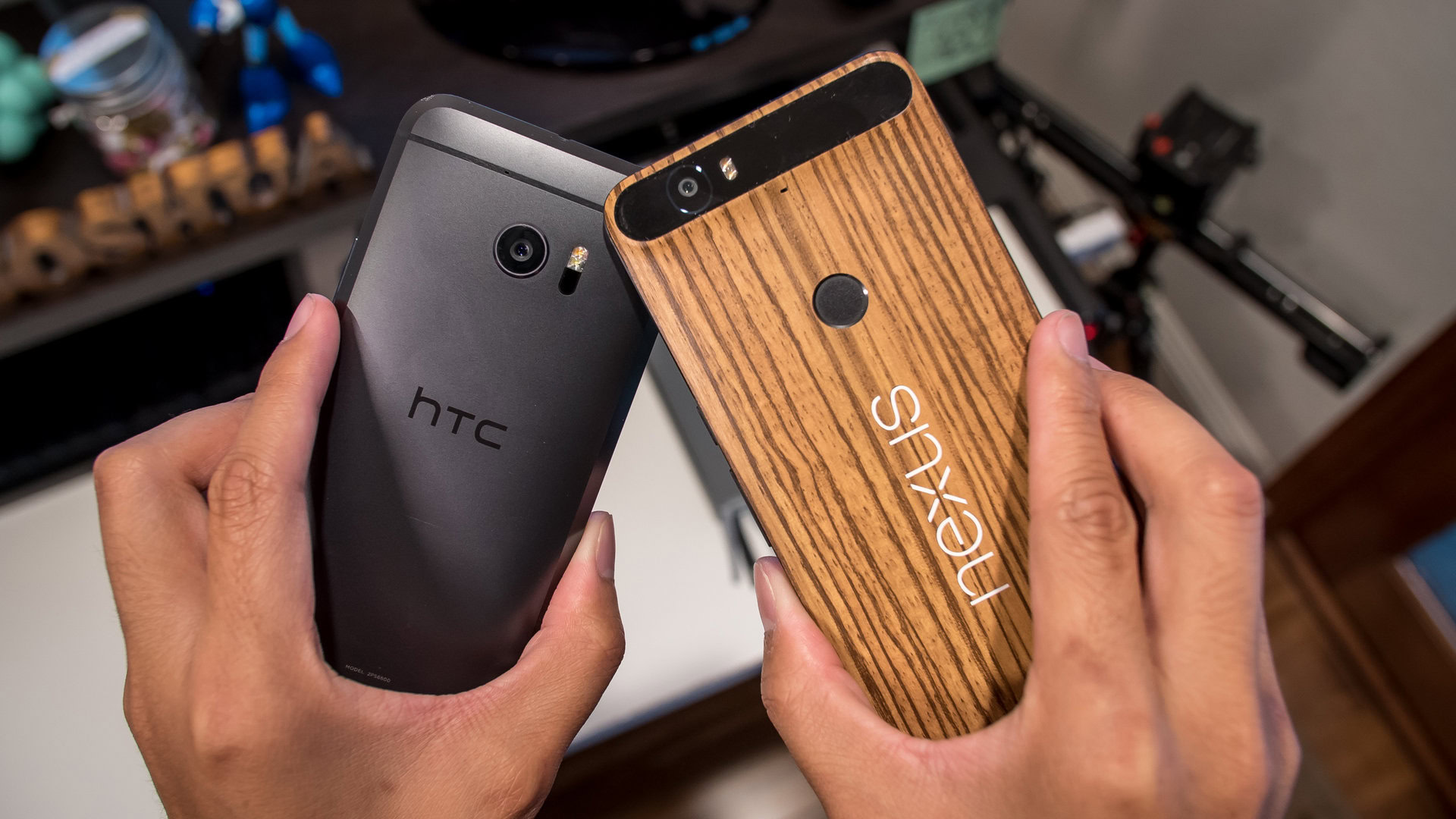
Before getting started, I have to mention that my personal Nexus 6P has been skinned to have a wooden look on the back, but for this comparison, we will take into consideration the device as it is out of the box. Metal is the name of the game with both smartphones, as they take metal to different places in their design.

The Nexus 6P employs a full metal unibody construction with a glass bump area at the top on the back that houses the camera setup, and this has certainly been a polarizing design element. Some consider it a fashionable choice, others consider it an ugly one. Ultimately, we do think that it looks quite good and is a nice touch that makes it stand out from the competition.
With a 5.7-inch display, the Nexus 6P is understandably taller, wider, and also heavier, than the HTC10, but HUAWEI has done a great job with keeping the overall footprint compact enough to allow for manageable one-handed usability. The Nexus 6P is also symmetrical up front, with speakers above and below the display for a dual front-facing speaker setup, something that is unfortunately no longer available with the HTCflagship.
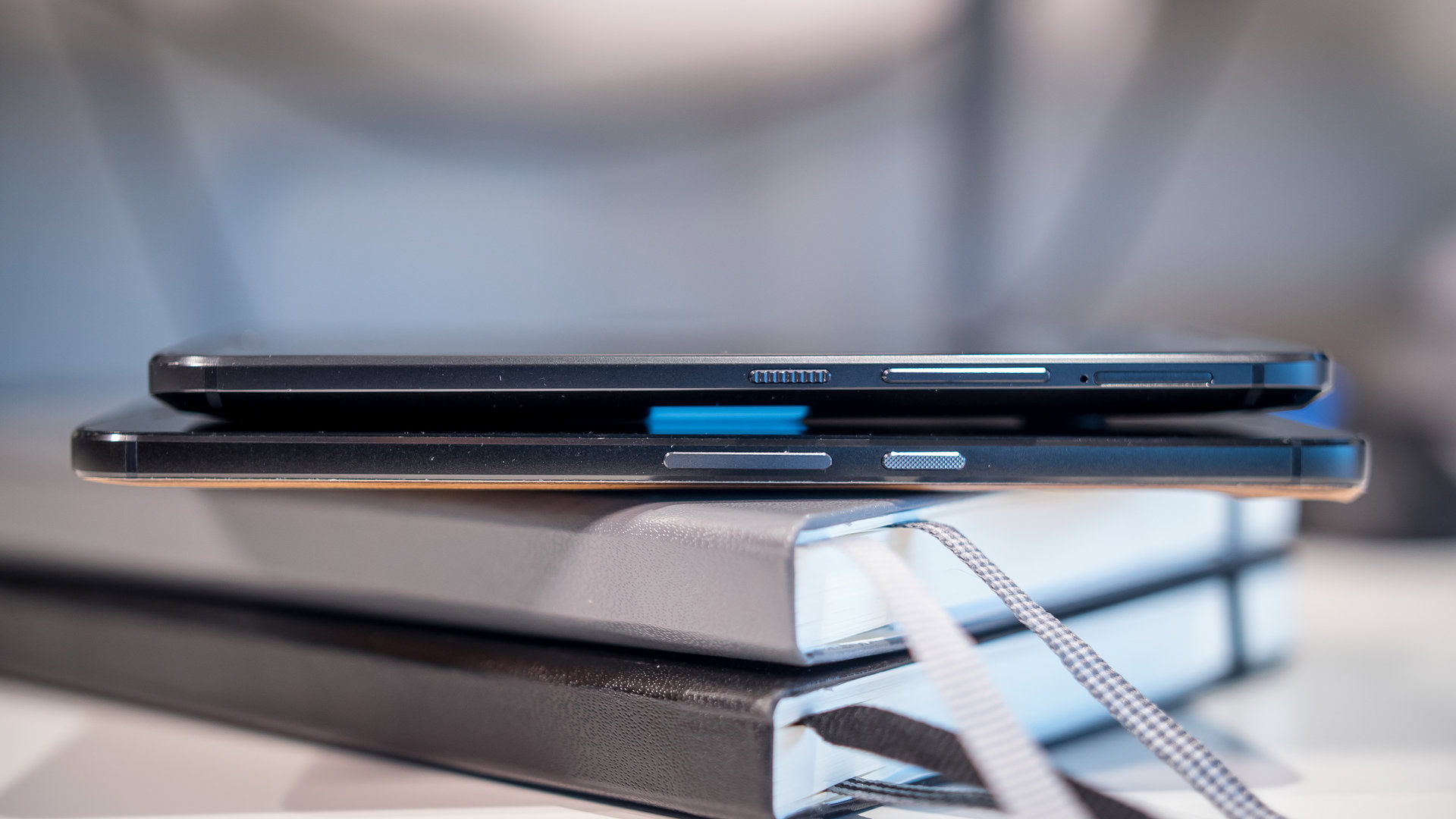
The HTC10 brings some subtle changes to a design language that we’ve already loved with previous generations. While there is still a certain familiarity when looking at the back of the phone, HTChas added a bit of girth all the way around the edges. The chamfered edges allow for a silhouetted effect that is subtle but looks great, and does enough to differentiate the HTC10 from its predecessors.
The HTC10 is a little wider than it should be, but because of its smaller size overall, this device certainly offers the better handling experience when compared to the Nexus 6P. However, in both cases, the metal does make both smartphones quite slippery, which can take some getting used, and you are likely better off using a case that allows for more grip to keep this beautifully designed smartphones in pristine condition.
Display
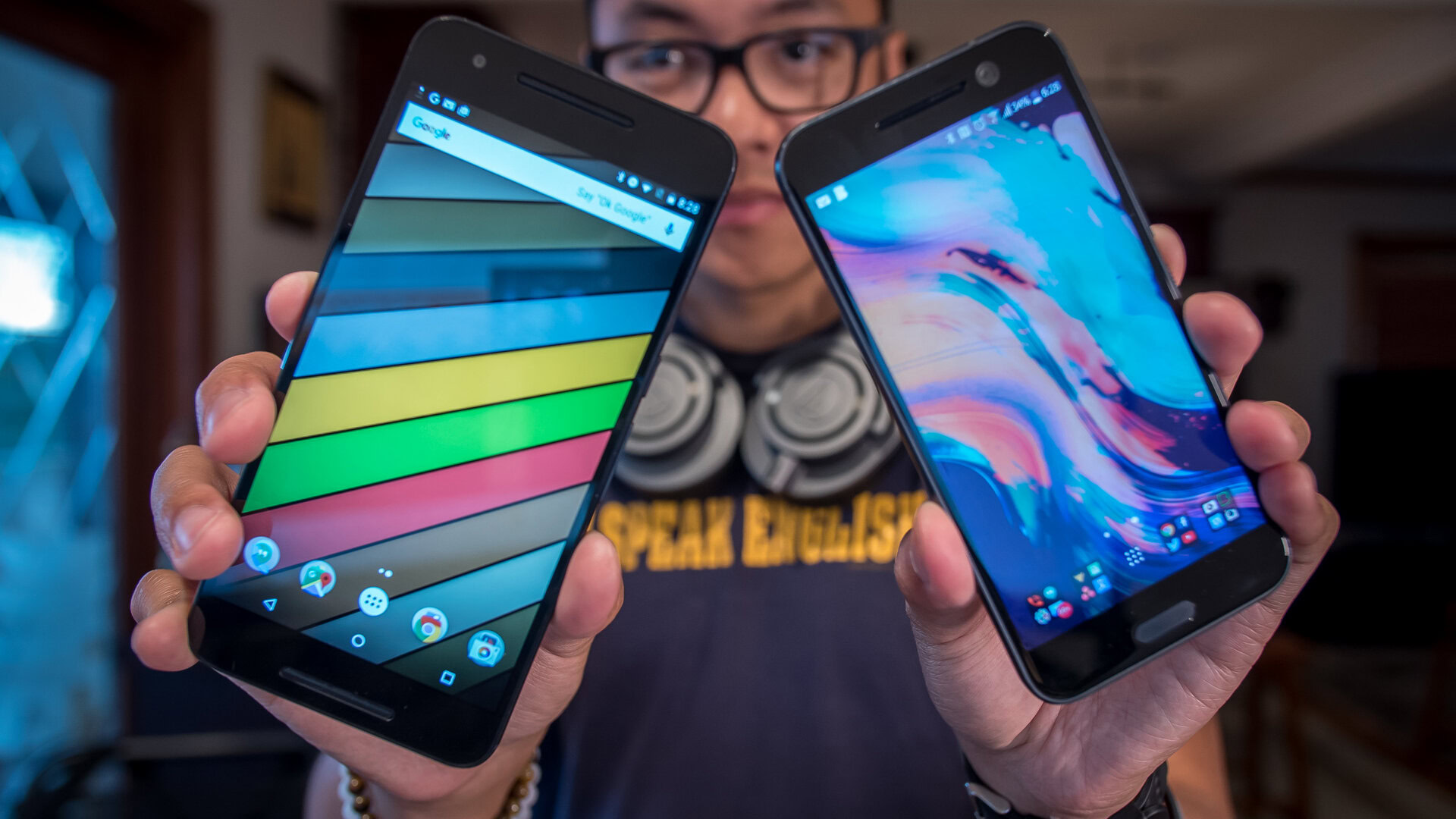
The HTC10 comes with a 5.2-inch Super LCD 5 display with a Quad HD resolution, resulting in a pixel density of 565 ppi. This display adheres to the HTSC standard, and does so while providing impressive saturation and overall performance. HTCclaims that the screen has low latency when it comes to your touch and what happens on the screen, and while this may not be something that is easily noticeable, it’s still a positive with regards to the performance of the phone.

The Nexus 6P is not behind at all when it comes to the display, featuring a 5.7-inch AMOLED screen, also with a Quad HD resolution, resulting in a pixel density of 518 ppi. With an AMOLED display, you are going to get the expected deep, inky blacks and much higher saturation. However, in this comparison, there isn’t as much of a discrepancy between the two. Media consumption and gaming can be more enjoyable on the larger screen that is available with the Nexus 6P, but when it comes to the general viewing experience, both displays do an excellent job.
Performance
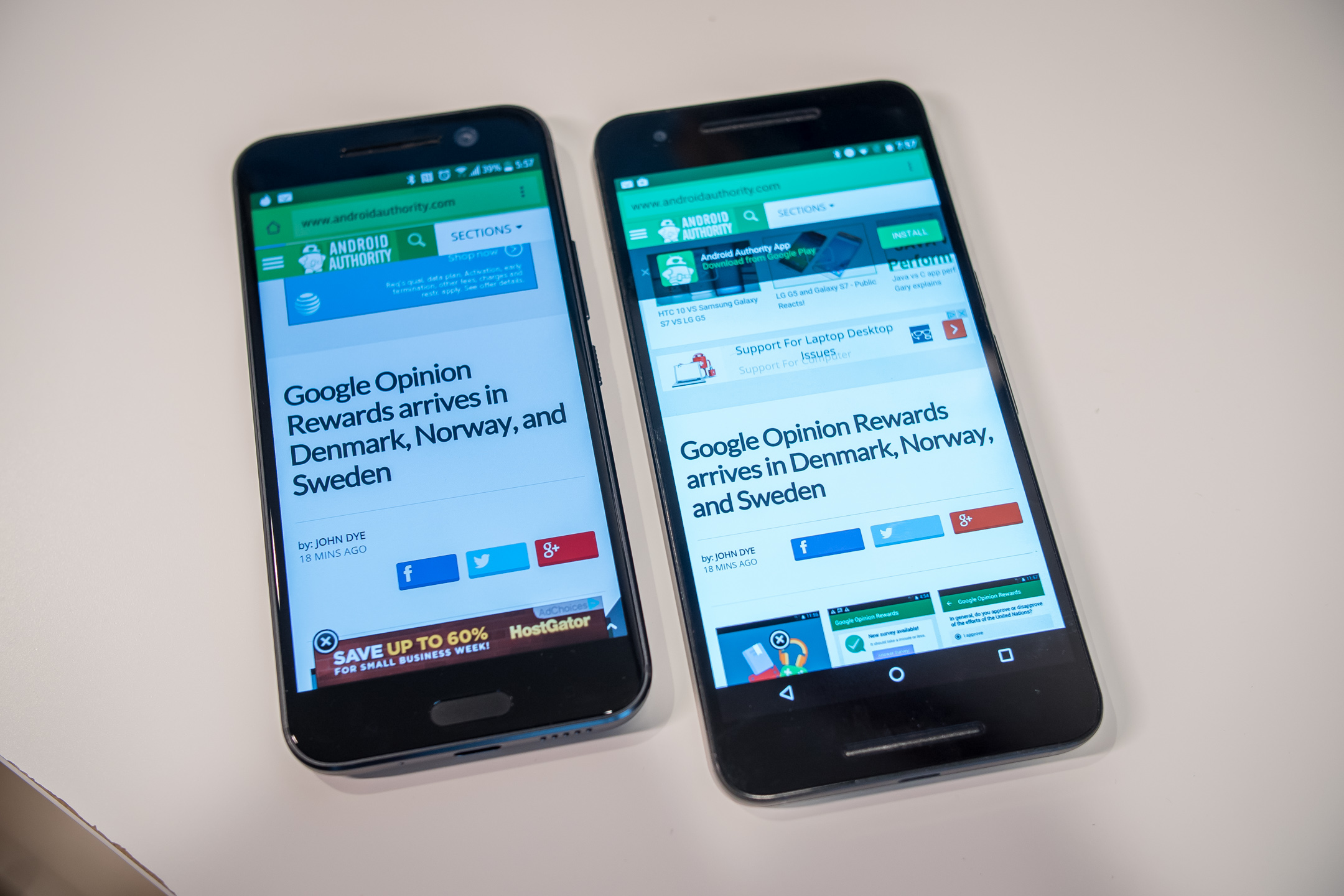
Performance is another area where you will not see a lot of difference between the two smartphones, given that the Nexus 6P was launched in the latter half of 2015, but the HTC10 does see the benefits of being a newer release. The Nexus 6P comes with an octa-core Qualcomm Snapdragon 810 processor, clocked at 2 GHz, and backed by the Adreno 430 GPU and 3 GB of RAM, while the HTC10 is powered by the quad-core Qualcomm Snapdragon 820 processor, clocked at 2.15 GHz, and backed by the Adreno 530 GPU and 4 GB of RAM.

The HTC10 is obviously going to be faster, but there isn’t that much of a difference when it comes to real world performance, with the additional gig of RAM that the HTCflagship packs being the only real differentiator. That’s not to say that the Nexus 6P will get overwhelmed easily even if you have a number of apps running in the background simultaneously, but for those of you who are spec hungry, 4 GB of RAM is what you will need. The overall performance is fantastic with both smartphones, helped along by the streamlined software experiences that is available with these smartphones, but more so in the case of the Nexus 6P, that is running stock Android.
Hardware
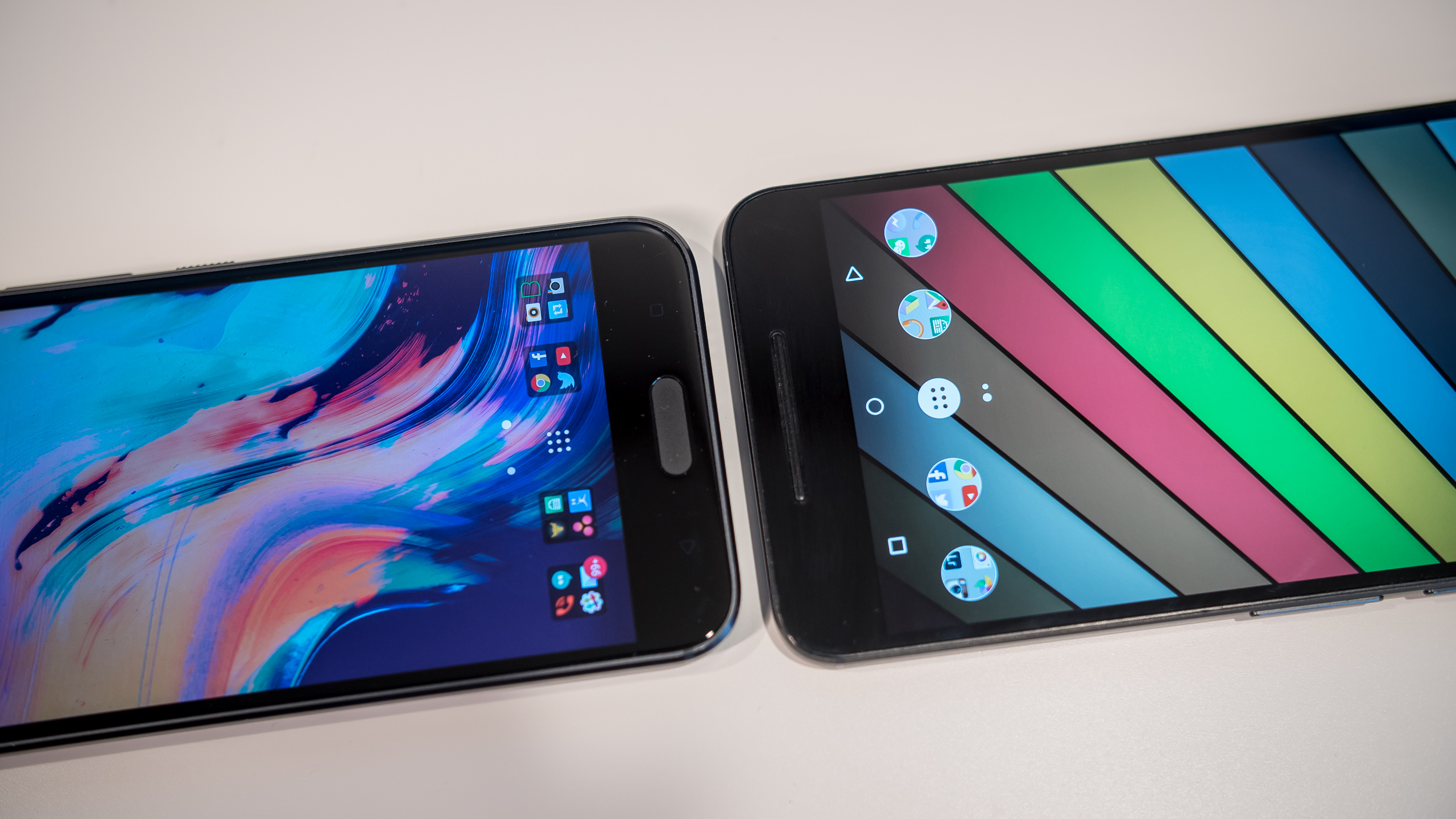
As is the case with any current generation flagship smartphone, both devices come with fingerprint scanners, but with different implementations. In the case of the Nexus 6P, the scanner is found on the back, placed ideally to be within easy reach of an index finger, and can be used to quickly wake and unlock the phone in one go. The fingerprint scanner of the HTC10 is found up front, embedded into the capacitive home key, and is as fast and accurate as the sensor of the Nexus 6P.

32 GB and 64 GB are the built-in storage options available with the HTC10, and you do get expandable storage via microSD card for up to an additional 200 GB. On other hand, the Nexus 6P also adds a 128 GB version, but with no expandable storage available, users are dependent on getting one of the larger storage options, and paying the associated premium, to cover their needs. Both devices come with a standard suite of connectivity options, but with the larger focus on audio, the HTC10 also adds Air Play support.
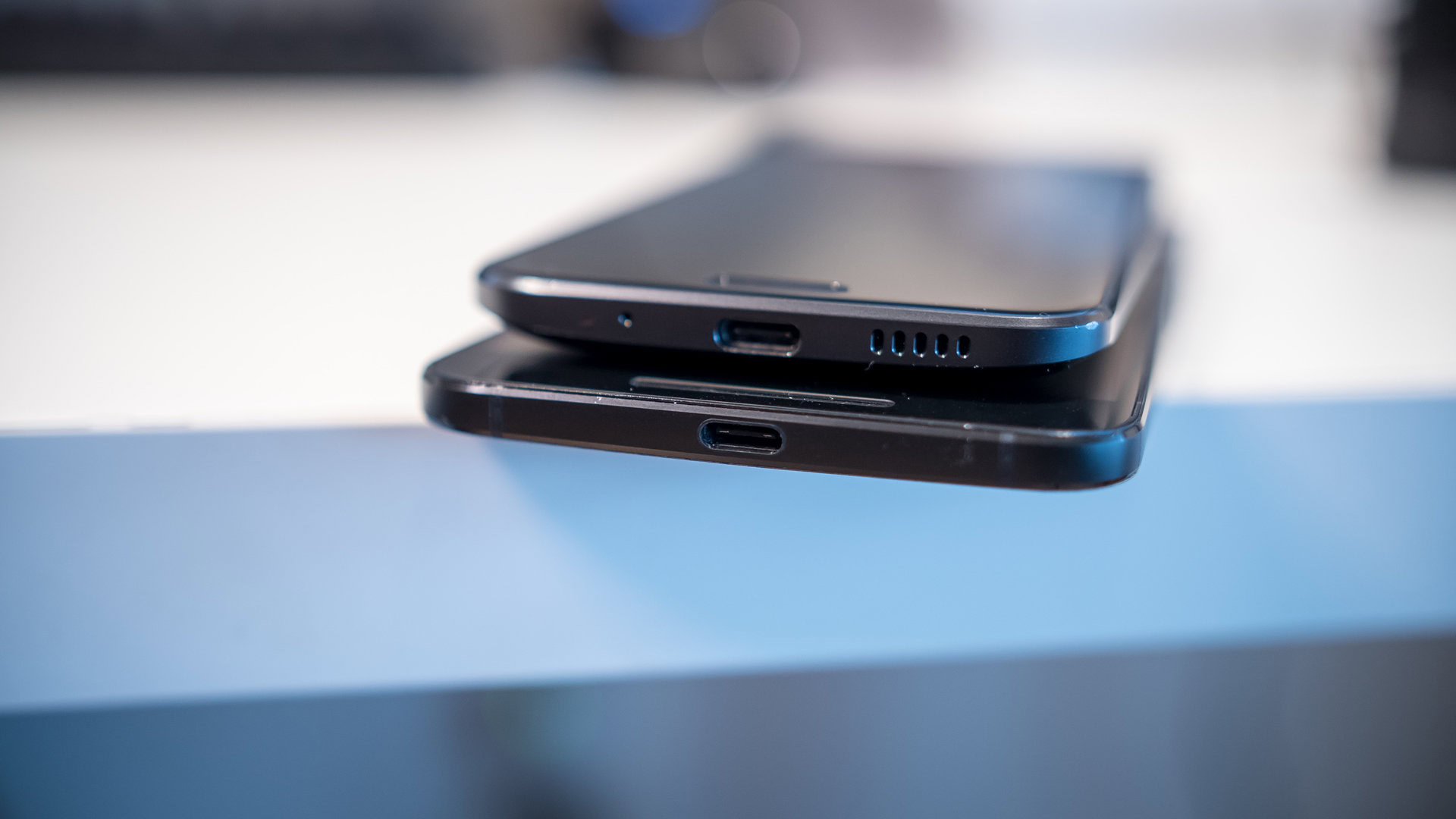
Speaking of audio, the Nexus 6P comes with a feature that was originally one of the biggest selling points of previous HTCflagships, but is no longer available with the HTC10 – dual front-facing speakers. With the HTC10, you now get one speaker above the display, that is coupled with a woofer at the bottom. This does mean that the lows and mids are better, but it certainly doesn’t get as loud as the dual front-facing setup of the Nexus 6P.
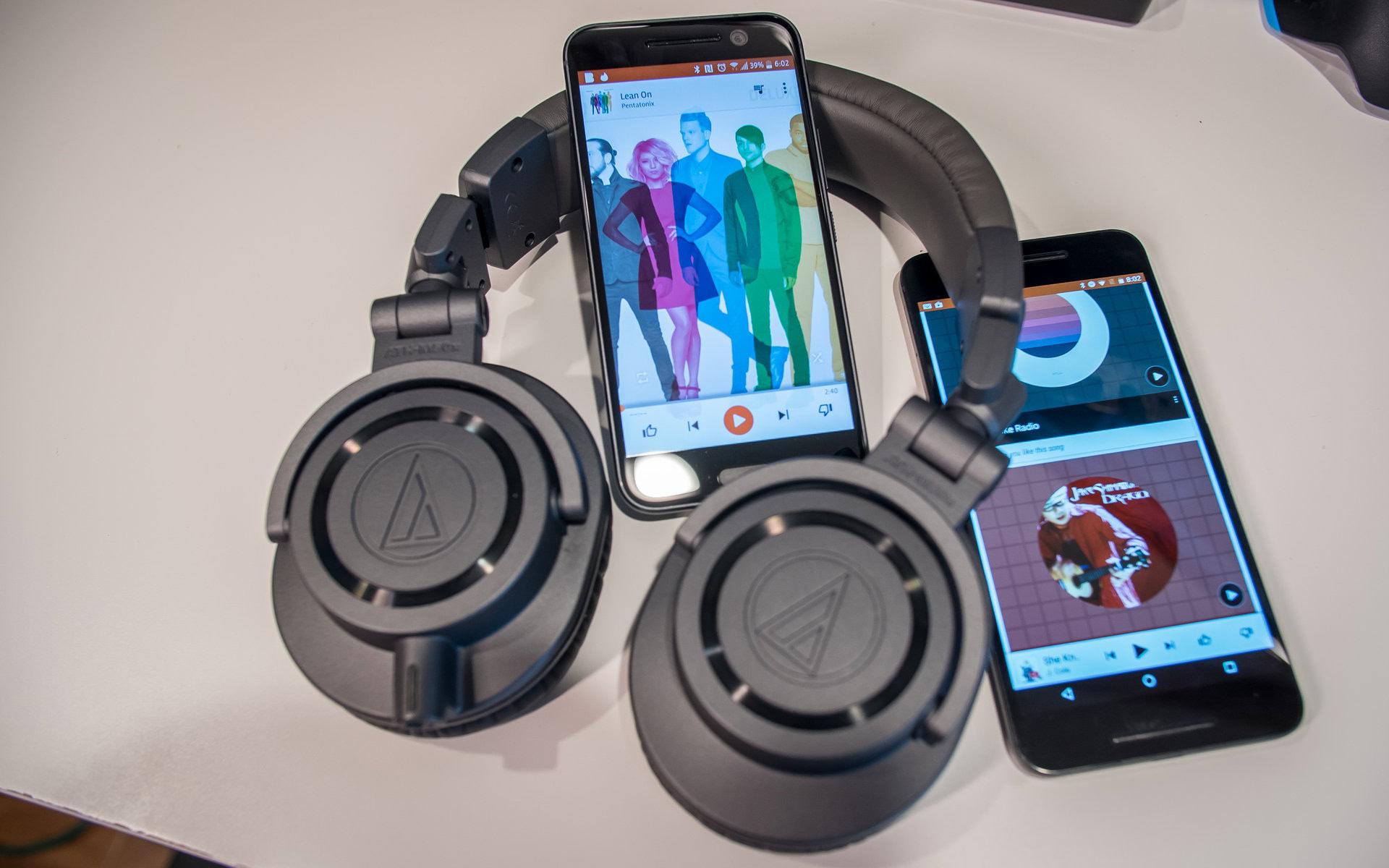
However, it’s when you plug headphones in to the HTC10 that BoomSound earns its name. BoomSound here is Dolby enhancements, along with audio profiles that can be created by answering a few questions, or by actually going through different frequencies, using more advanced tutorials. Once everything is set up, audio sounds amazing with the HTC10. A 24-bit DAC provides even clearer audio and a wider sound stage with good headphones, and an amp allows for the loudness that other smartphones can’t really provide, which includes the Nexus 6P.
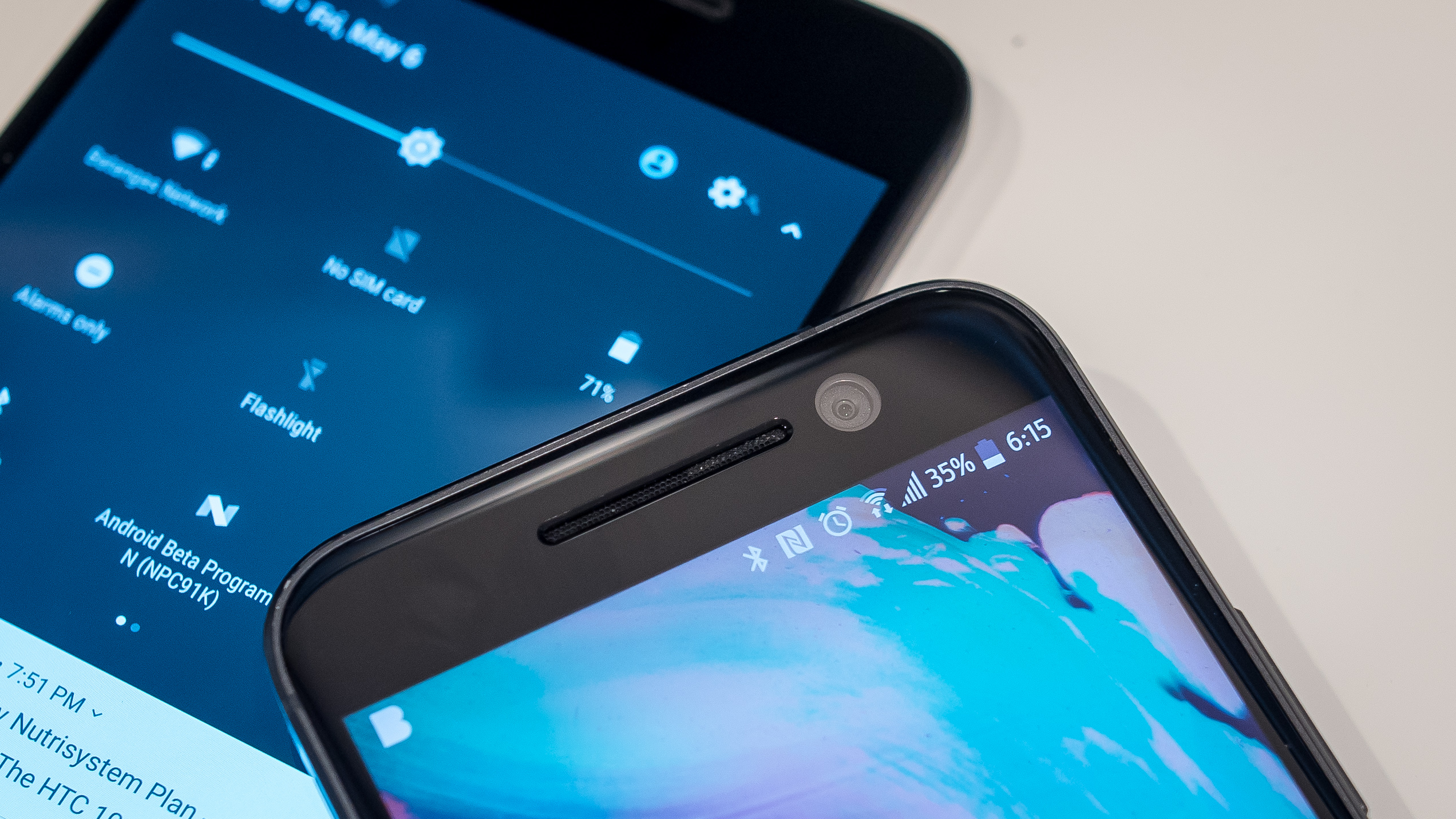
The larger 3,450 mAh battery of the Nexus 6P allows for more longevity when compared to the 3,000 mAh unit of the HTC10, with the former providing up to two full days of use, especially if you stretch it out using the Doze feature that is built into Android 6.0 Marshmallow. With the HTC10, the battery life can be pushed to about a day and a half, and getting a full day of use with more than average usage isn’t going to be an issue with either smartphone. Both smartphones come with USB Type-C ports, USB 2.0 in the case of the Nexus 6P, and USB 3.1 with the HTC10, as well as fast charging capabilities.
Camera
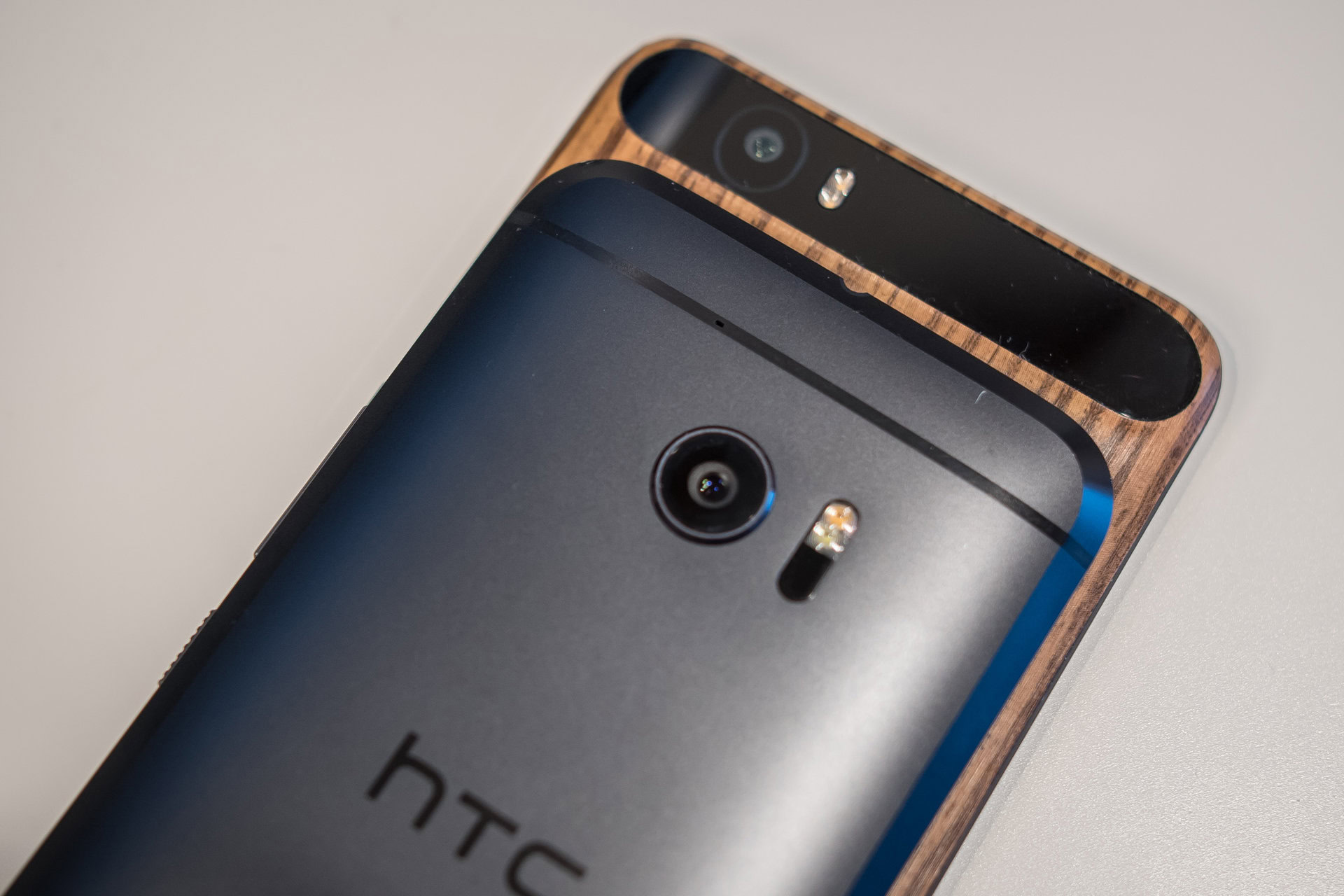
The Nexus 6P comes with a 12 MP rear camera with a 1.55µm pixel size, and a f/2.0 aperture, OIS, and laser auto focus system. The spec sheet of the HTC10 is mostly identical, save for the f/1.8 aperture.
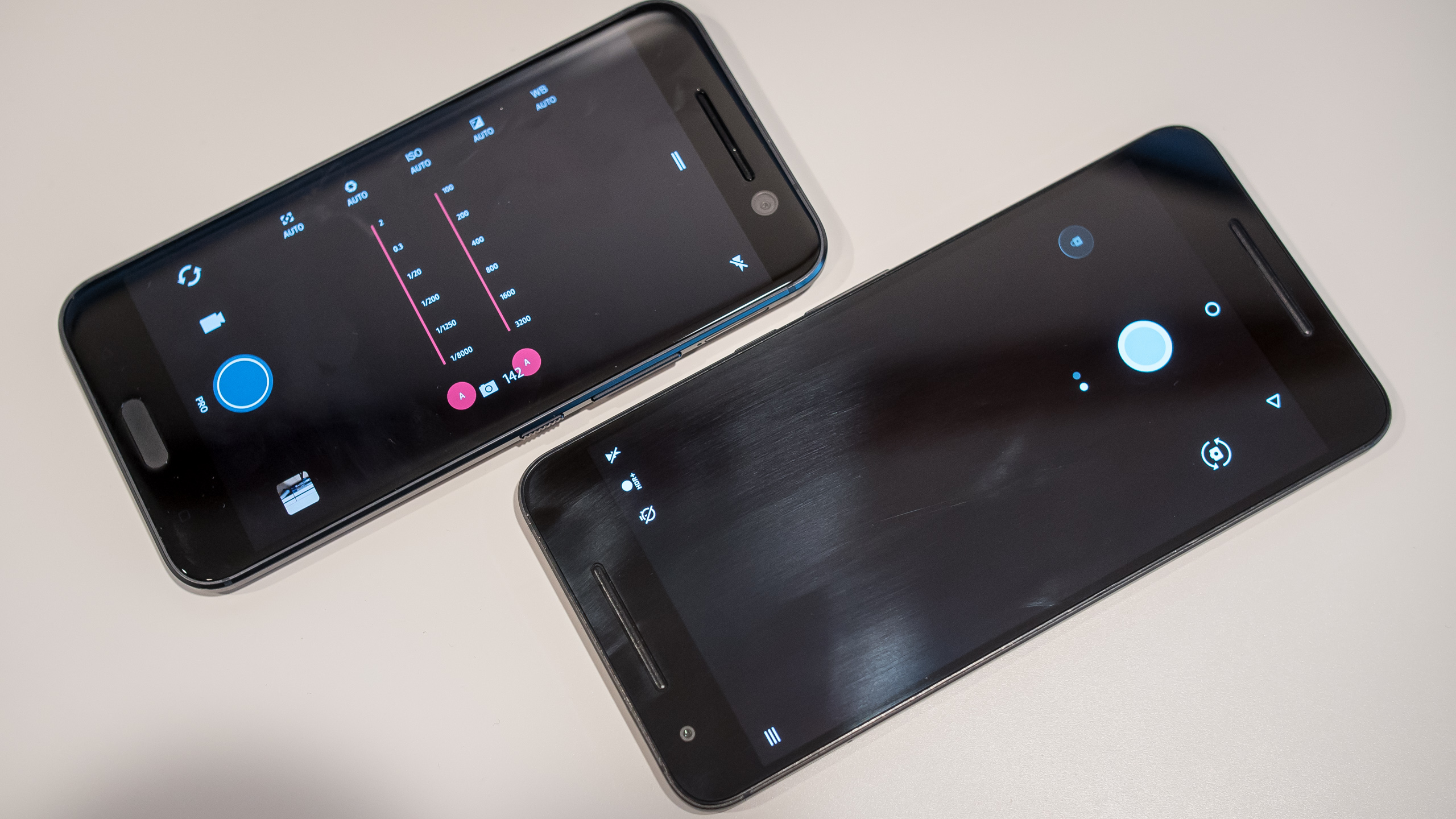
Simplicity is the main focus when it comes to the respective camera applications, with HTCfurther streamlining the camera app to make it easier to use. Of course, it doesn’t get any simpler than the Google camera app available with the Nexus 6P, which doesn’t come with a lot of modes, but also lacks a Pro mode, which is something that is available with the HTC10, allowing for granular control over various settings.
HTC 10 camera samples
Optical image stabilization is also available with the front-facing camera of the HTC10, which is a first for any smartphone. This means that you will get better looking selfies in lower-light conditions, but the availability of OIS also allows for better video capture when using the front-facing camera. It doesn’t make a particularly significant difference, but it is something that is noticeable when comparing video captures side by side, and is a subtle and small change that HTCdoes deserve recognition for.
Nexus 6P camera samples
The HTC10 did receive a few software updates to improve the performance of the camera, and we will go in-depth with these changes in an upcoming feature focus. With both of these cameras being quite similar, it is a toss up between them in terms of image quality. You will see a brighter exposure in the shots taken with the Nexus 6P, with the HTC10 dialing it back with the updates. In low-light conditions is where you will see a noticeable difference, with the HTC10 opting for a warmer color temperature. However, with both cameras, you do sometimes end of up with grainy and noisy photos in poor lighting conditions.
The HTC10 also has its advantage when it comes to sound, with the ability to record hi-res audio regardless of whether you are using the front or back camera. However, this does mean that processing the videos requires some tinkering, as we found that the .mkv files that the HTC10 creates have to be tinkered with before they are recognized by most video editing software.
Software
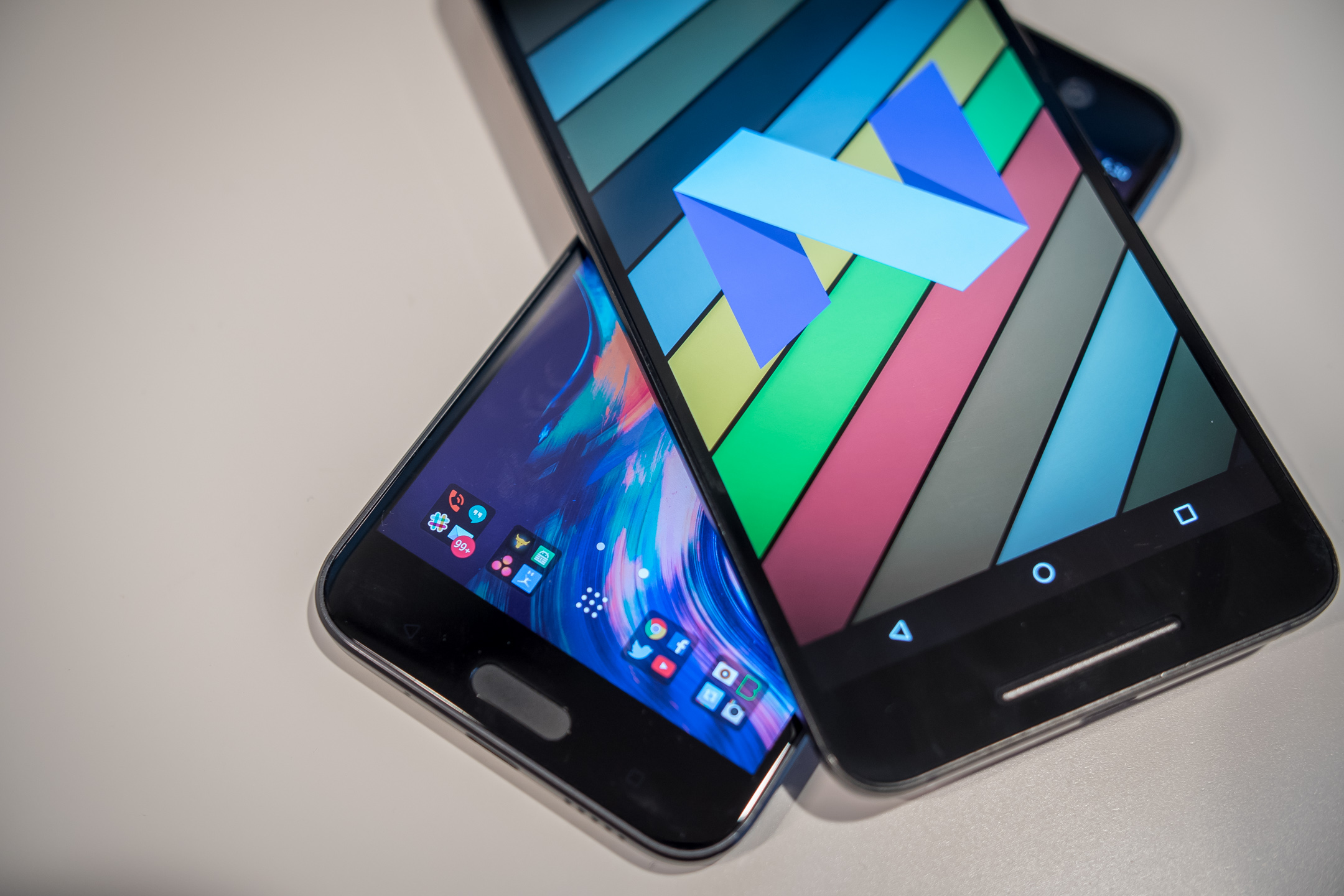
On the software side of things, both smartphones are running Android 6.0 Marshmallow. HTCSense isn’t drastically different from stock Android, especially when compared to the Samsung and LG smartphones out there. In this case, some differences are seen, since I am using the Android N beta version on the Nexus 6P, which is one of the advantages of the Nexus line.
Any Android purist will know exactly what to expect from stock Android, with the new features including Doze and Google Now on Tap, which allows for easy Google searches regardless of where you are in the phone. A lot of users enjoy stock Android because of how simple it keeps things, with functionality being the priority. HTC Sense doesn’t add a whole lot to the formula either, which is one of the best parts about it.
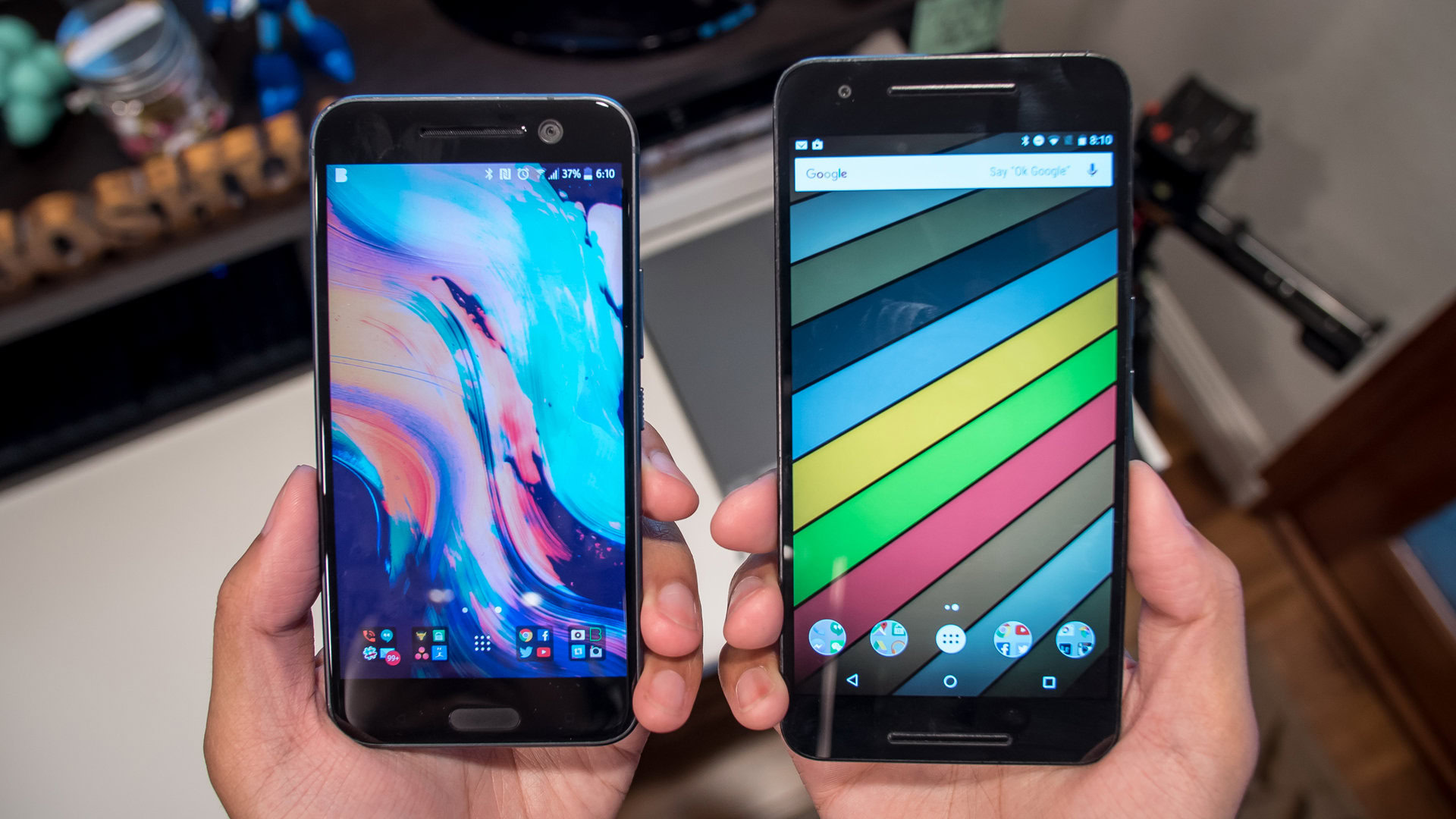
Sense is far more utilitarian when compared to TouchWiz or the LG UX, and aside from BlinkFeed, everything is quite familiar. There aren’t many extra features, and there are no longer any app redundancies either. For example, if you have Google Photos, you don’t get the HTCGallery, and if you use the HTCMessages app, you are not going to have Google Messenger. HTCSense uses a dark theme of sorts which is easier on the eyes, but there is a Themes engine available if you are looking to change the look. Overall, function is definitely king no matter which of these versions of Android you use. So, while we do love stock Android, you won’t find yourself looking to replace HTCSense out of the box with a third-party launcher.
Specs comparison
| HTC 10 | Nexus 6P | |
|---|---|---|
Display | HTC 10 5.2-inch Super LCD5 display Quad HD resolution, 565 ppi | Nexus 6P 5.7-inch AMOLED display Quad HD resolution, 518 ppi |
Processor | HTC 10 2.15 GHz quad-core Qualcomm Snapdragon 820 Adreno 530 GPU | Nexus 6P 2 GHz octa-core Qualcomm Snapdragon 810 Adreno 430 GPU |
RAM | HTC 10 4 GB | Nexus 6P 3 GB |
Storage | HTC 10 32/64 GB expandable via microSD up to 200 GB | Nexus 6P 32/64/128 GB not exapndable |
Camera | HTC 10 12 MP rear camera, f/1.8 aperture, 1.55µm pixel size, OIS, laser autofocus 5 MP front-facing camera, f/1.8 aperture, OIS | Nexus 6P 12 MP rear camera, f/2.0 aperture, 1.55µm pixel size, OIS, laser autofocus 8 MP front-facing camera |
Connectivity | HTC 10 Wi-Fi 802.11 a/b/g/n/ac Bluetooth 4.2 GPS + GLONASS NFC USB 3.1, Type-C 1.0 connector | Nexus 6P Wi-Fi 802.11 a/b/g/n/ac Bluetooth 4.2 GPS + GLONASS NFC USB 2.0, Type-C 1.0 connector |
Battery | HTC 10 3,000 mAh non removable | Nexus 6P 3,450 mAh non removable |
Software | HTC 10 Android 6.0.1 Marshmallow HTC Sense UI | Nexus 6P Android 6.0.1 Marshmallow |
Dimensions | HTC 10 145.9 x 71.9 x 9 mm 161 grams | Nexus 6P 159.3 x 77.8 x 7.3 mm 178 grams |
Gallery
Pricing and final thoughts
The HTC10 is available for the premium monthly installment rate with the various network carriers, but can also be picked up unlocked, priced at $699. On the other hand, the Nexus 6P is currently available for the far more affordable $399, which is a great prospect, given that you are able to get a solid high-end flagship for a lower price, while providing a lot of the same features.
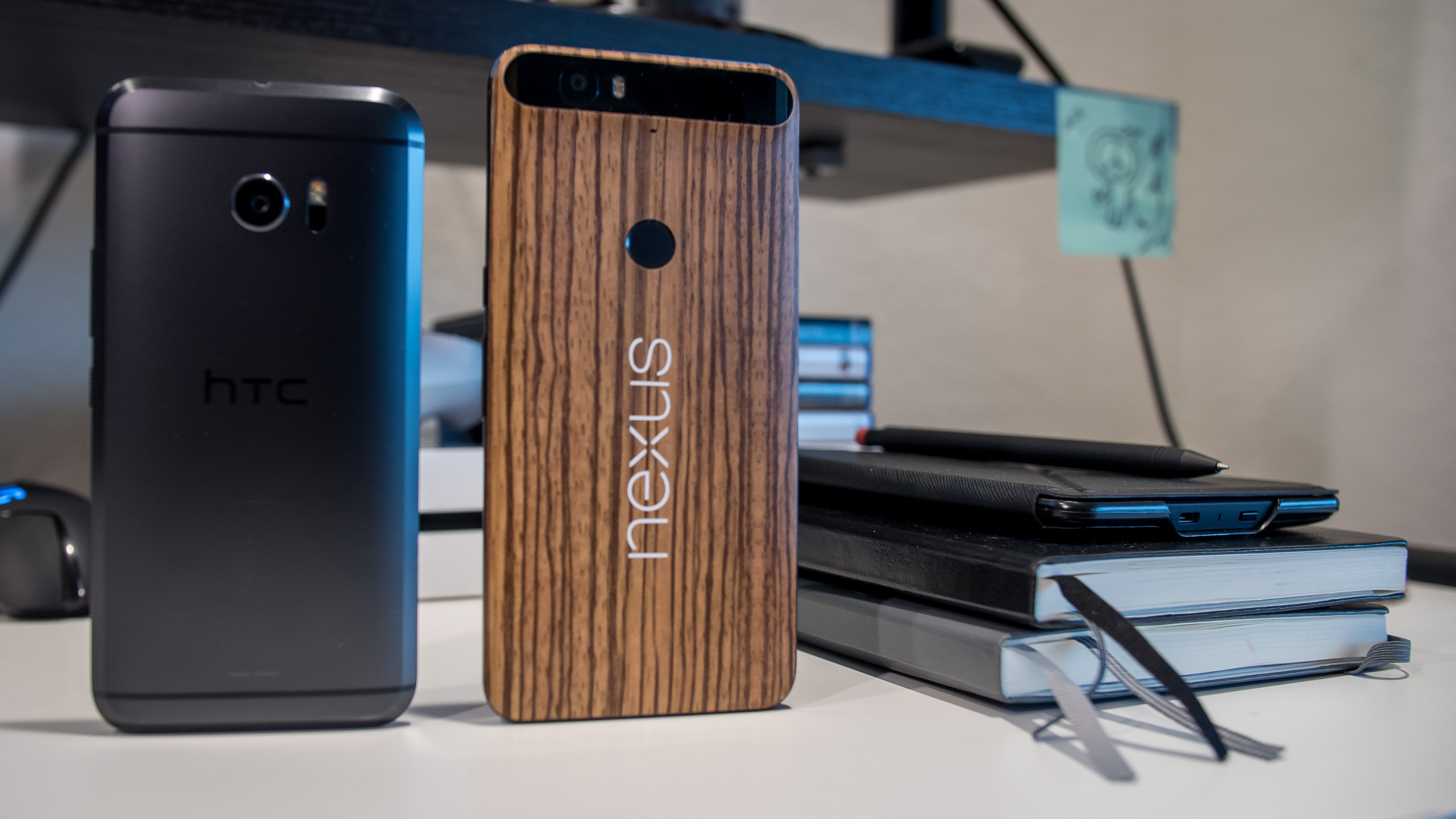
So there you have it for this closer look at the HTC10 vs Nexus 6P! These two smartphones actually have quite a bit in common, and if you are in the market for a metal clad device, it doesn’t get better than these two. The Nexus 6P is a steal at its current price point however, but the HTC10 has a couple of compelling features that make it stand out, with the main one being the audio experience it provides. The HTC10 camera has also seen some improvements following a few software updates, and these changes are something we will explore further in an upcoming feature focus.